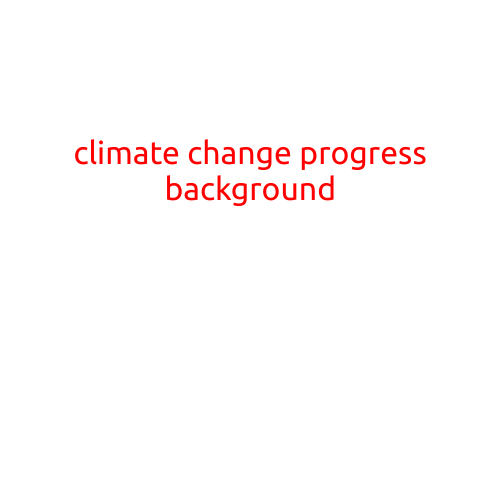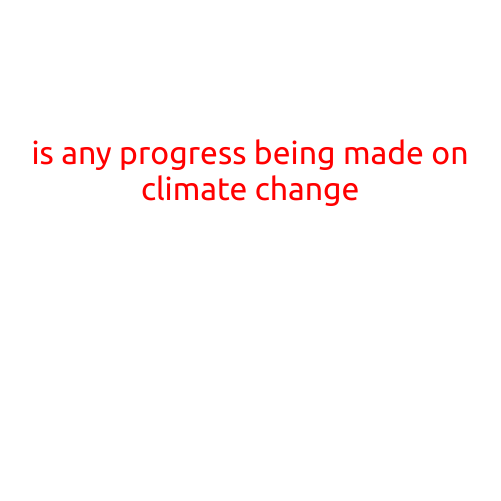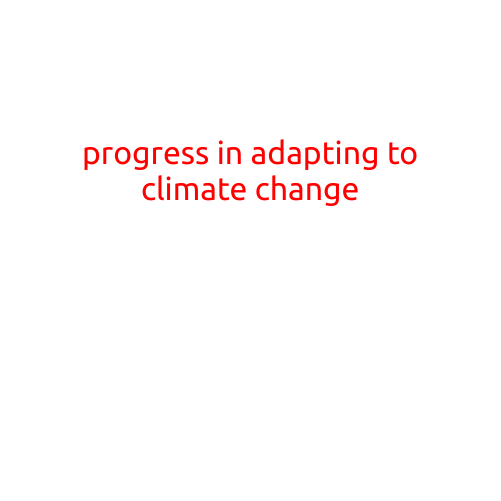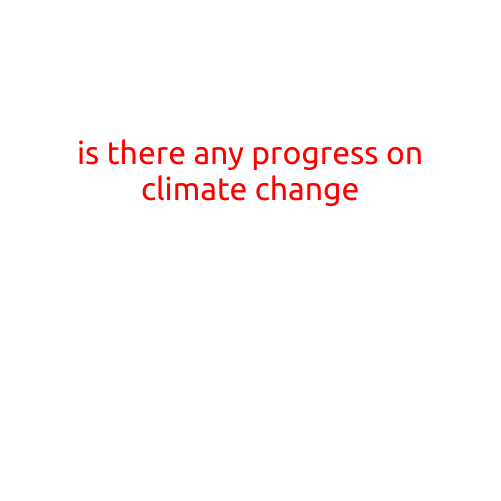
Climate Change Progress by Country 2022: A Global Breakdown
As the world continues to grapple with the pressing issue of climate change, countries are ramping up their efforts to reduce greenhouse gas emissions and transition to a more sustainable future. In this article, we’ll take a closer look at the climate change progress made by countries in 2022, highlighting both successes and challenges.
The Global Picture
In 2020, countries collectively emitted around 51.8 billion metric tons of CO2 equivalent emissions, a 1.3% increase from the previous year. While this trend is concerning, many countries have made significant strides in reducing their emissions intensity and adopting renewable energy sources.
Top 10 Countries in Climate Change Progress
- Sweden: Sweden has long been a leader in combating climate change. In 2022, it increased its renewable energy production to 52.5%, surpassing its 2020 target. Sweden has also implemented a carbon tax, which has encouraged industries to reduce their emissions.
- United Kingdom: The UK has made significant progress in reducing its carbon footprint. In 2022, it generated 27.9% of its electricity from renewable sources, up from 18.5% in 2015. The country is also aiming to become carbon neutral by 2050.
- Finland: Finland has set ambitious targets to reduce its emissions and has made significant progress in 2022. The country aims to become carbon neutral by 2035 and has introduced measures such as a carbon tax and increased investment in renewable energy.
- Norway: Norway has been a pioneer in electric vehicle adoption, with over 50% of new car sales being electric. The country has also increased its renewable energy production to 96.5%, making it one of the most environmentally friendly countries in the world.
- Switzerland: Switzerland has a strong commitment to reducing its carbon footprint and has made significant progress in 2022. The country aims to become carbon neutral by 2050 and has implemented measures such as a carbon tax and increased investment in renewable energy.
- Denmark: Denmark has set ambitious targets to reduce its emissions and has made significant progress in 2022. The country aims to become carbon neutral by 2050 and has introduced measures such as a carbon tax and increased investment in renewable energy.
- Germany: Germany has made significant progress in reducing its carbon footprint, particularly since the introduction of its Energiewende (Energy Transition) policy in 2010. In 2022, the country generated 41.8% of its electricity from renewable sources.
- France: France has set ambitious targets to reduce its emissions and has made significant progress in 2022. The country aims to become carbon neutral by 2050 and has introduced measures such as a carbon tax and increased investment in renewable energy.
- Canada: Canada has made significant progress in reducing its carbon footprint, particularly in the energy sector. In 2022, the country generated 62.3% of its electricity from renewable sources, up from 55.3% in 2015.
- Australia: Australia has made significant progress in reducing its carbon footprint, particularly in the renewable energy sector. In 2022, the country generated 23.3% of its electricity from renewable sources, up from 16.3% in 2015.
Challenges and Opportunities
While these countries have made significant progress in reducing their carbon footprint, there are still several challenges to overcome. Many countries still rely heavily on fossil fuels and have limited infrastructure to support a transition to renewable energy.
Despite these challenges, there are also opportunities for countries to learn from each other and share best practices. The global community can work together to share knowledge, technologies, and policies to accelerate the transition to a more sustainable future.
Conclusion
In conclusion, while there is still much work to be done to combat climate change, many countries are making significant progress in reducing their carbon footprint and transitioning to a more sustainable future. By highlighting the successes and challenges faced by countries around the world, we can work together to create a more sustainable and environmentally friendly world for future generations.
Sources:
- International Energy Agency (IEA)
- United Nations Framework Convention on Climate Change (UNFCCC)
- World Bank
- Country-specific data and reports from government agencies and international organizations.





